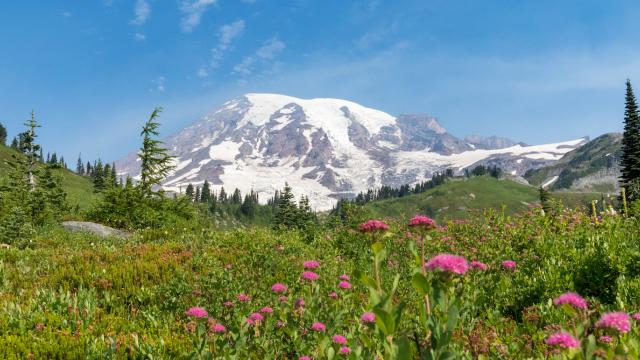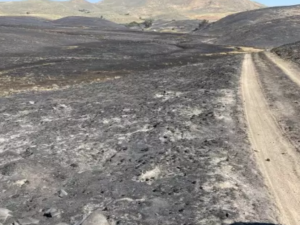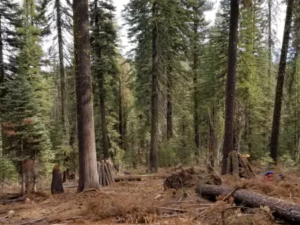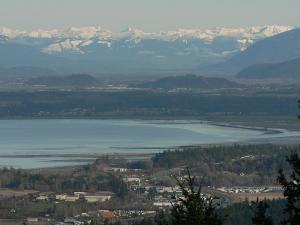Display Image
Region
Northwest
Extreme heat, flooding, wildfires, and other climate hazards threaten human health, sense of place, ecosystems, infrastructure, and industries in the Northwest. Impacts across sectors will have cascading effects on livelihoods and well-being. Adaptation actions that prioritize social equity and utilize local and Indigenous Knowledge can support regional resilience.
Title
Key Messages
Text
- Frontline communities are overburdened, and prioritizing social equity advances regional resilience
- Ecosystems are transitioning in response to extreme events and human activity
- Impacts to regional economies have cascading effects on livelihoods and well-being
- Infrastructure systems are stressed by climate change but can enable mitigation and adaptation
- Climate change amplifies health inequities
Key messages adapted from the Northwest chapter of the Fifth National Climate Assessment.
Image
Looking for previous content for the Northwest region?
Related Case Studies & Action Plans
Image
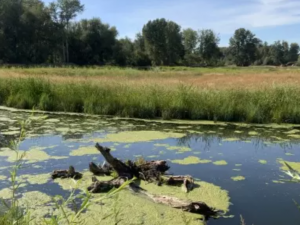
Tim DeWeese/Bureau of Reclamation
Related Tools
Image
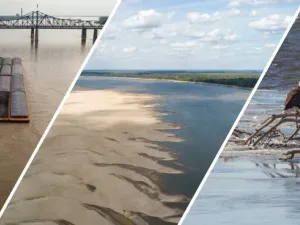
NOAA NIDIS
Image
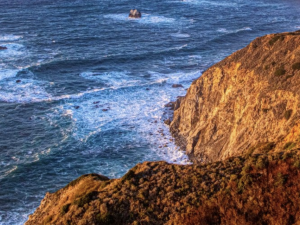
Image
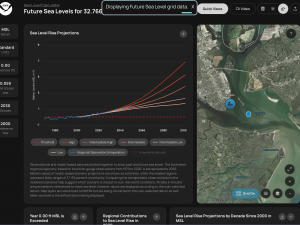
NOAA Digital Coast
